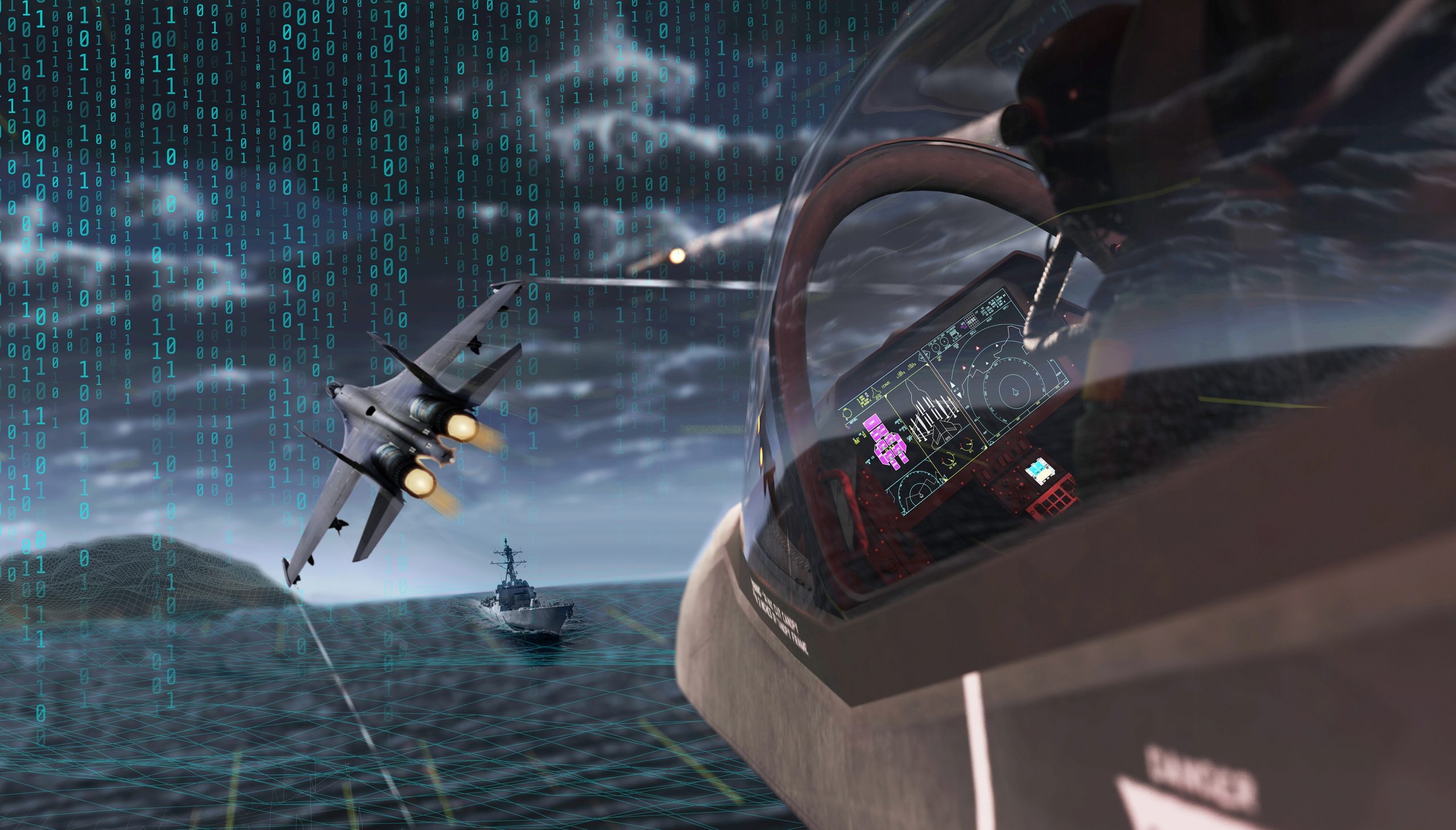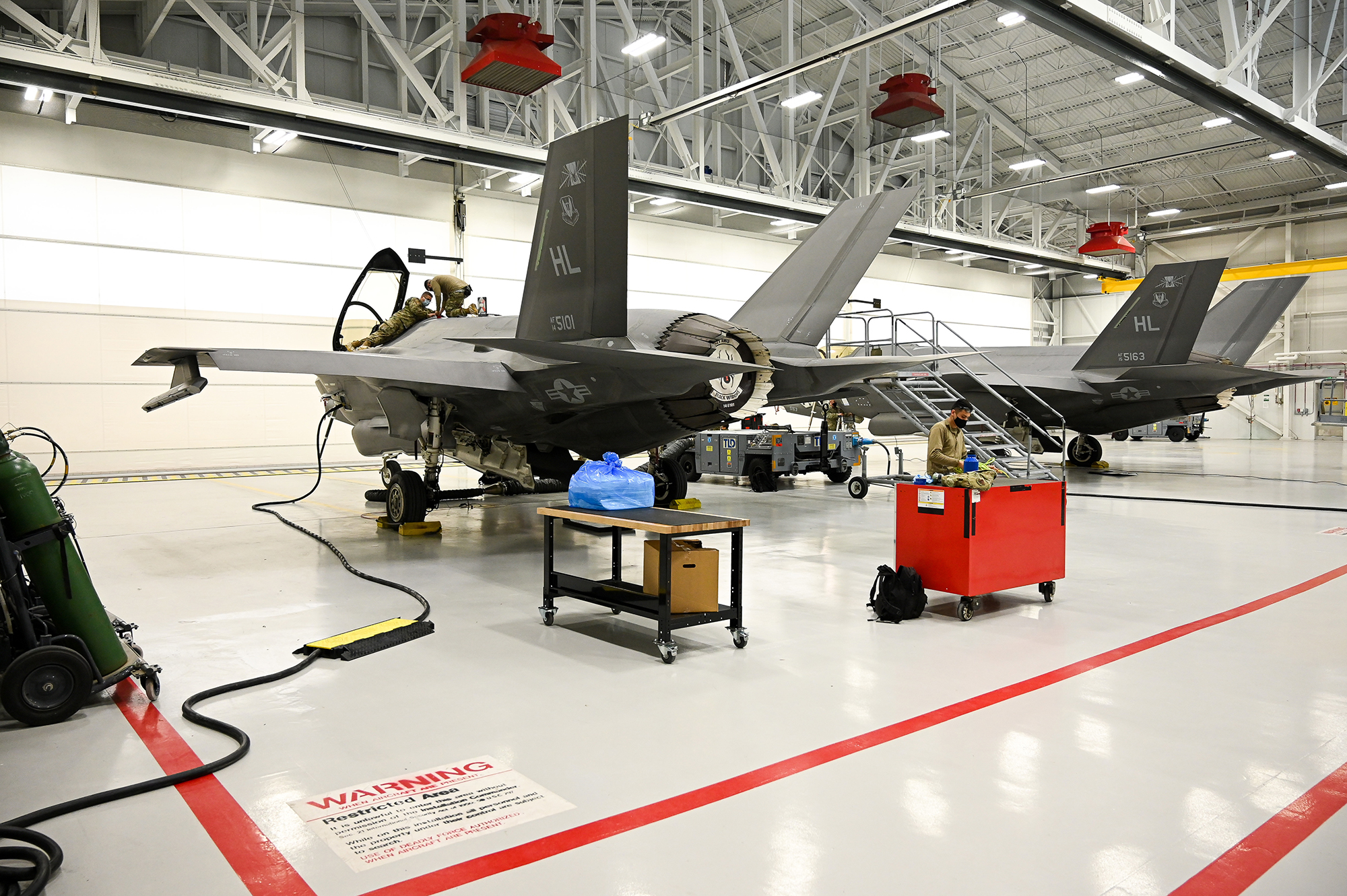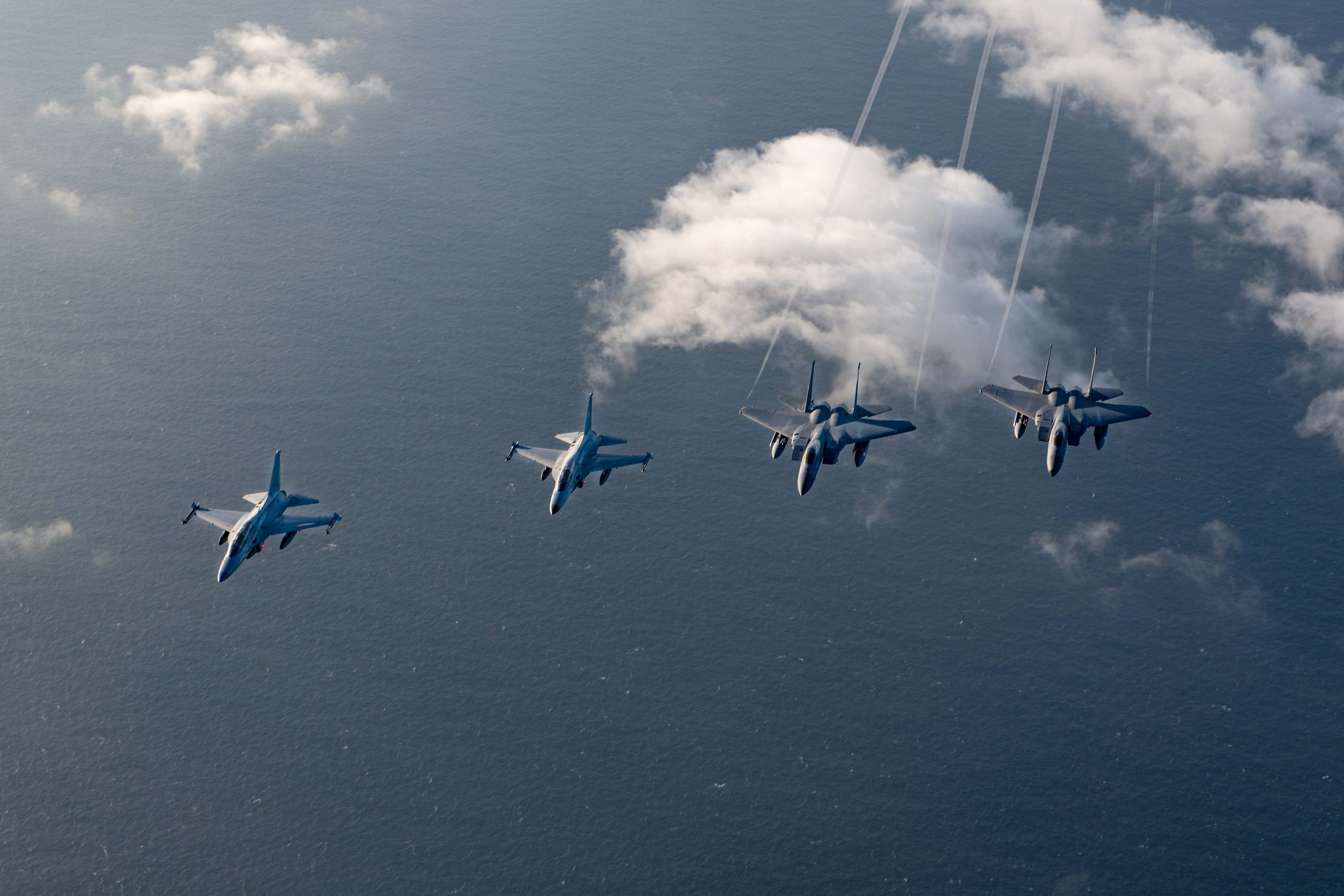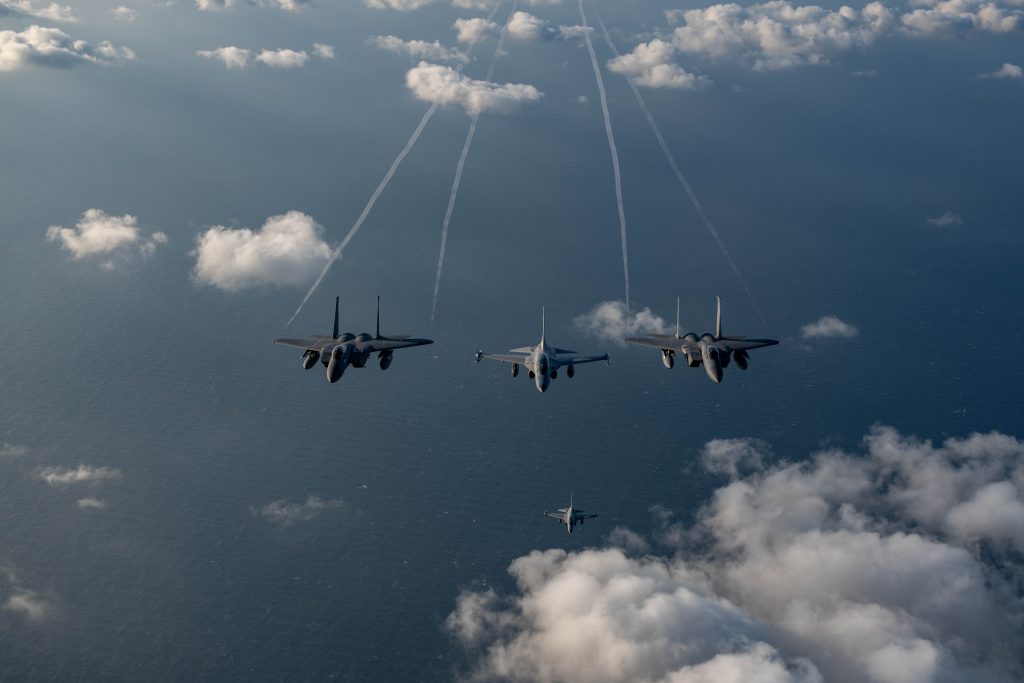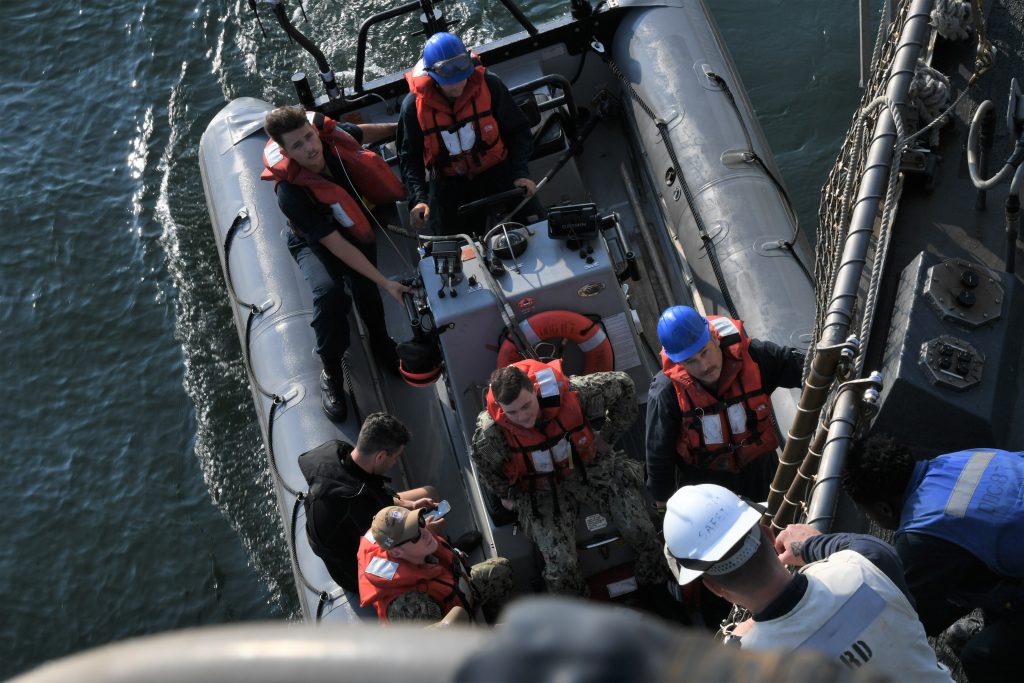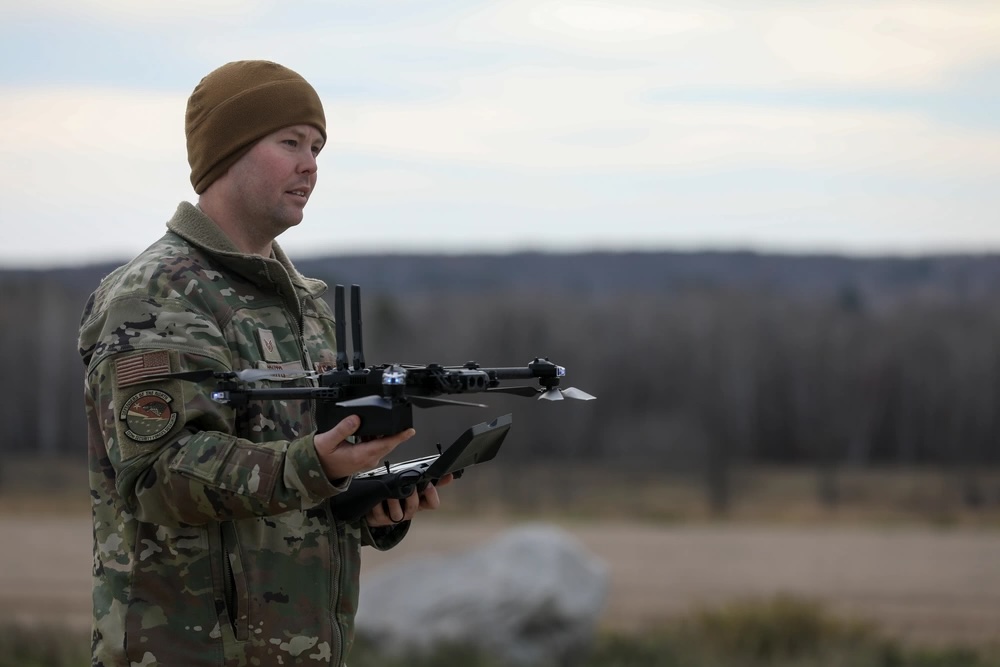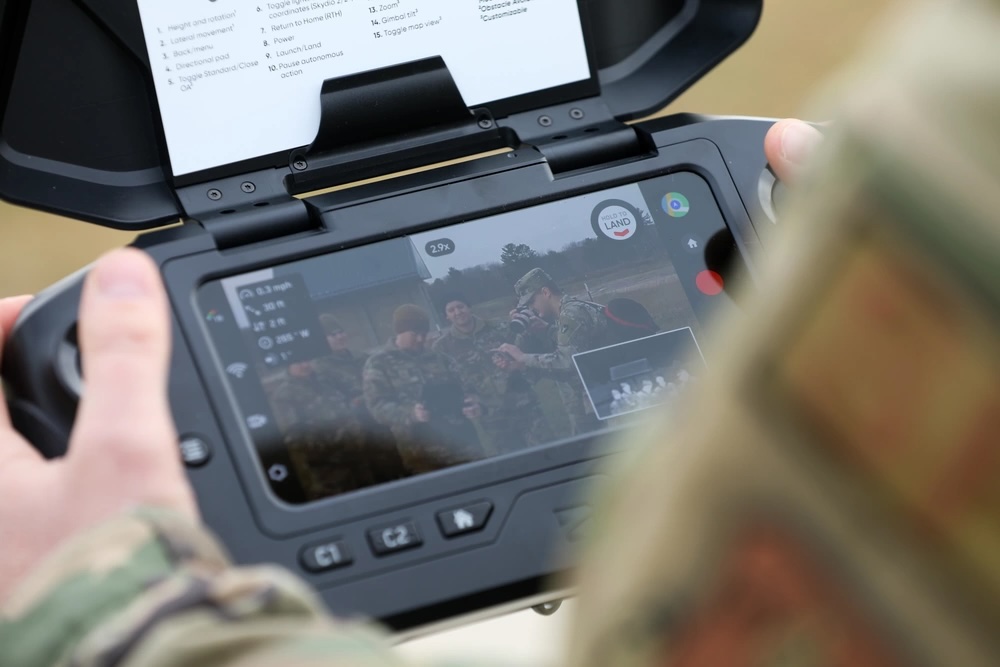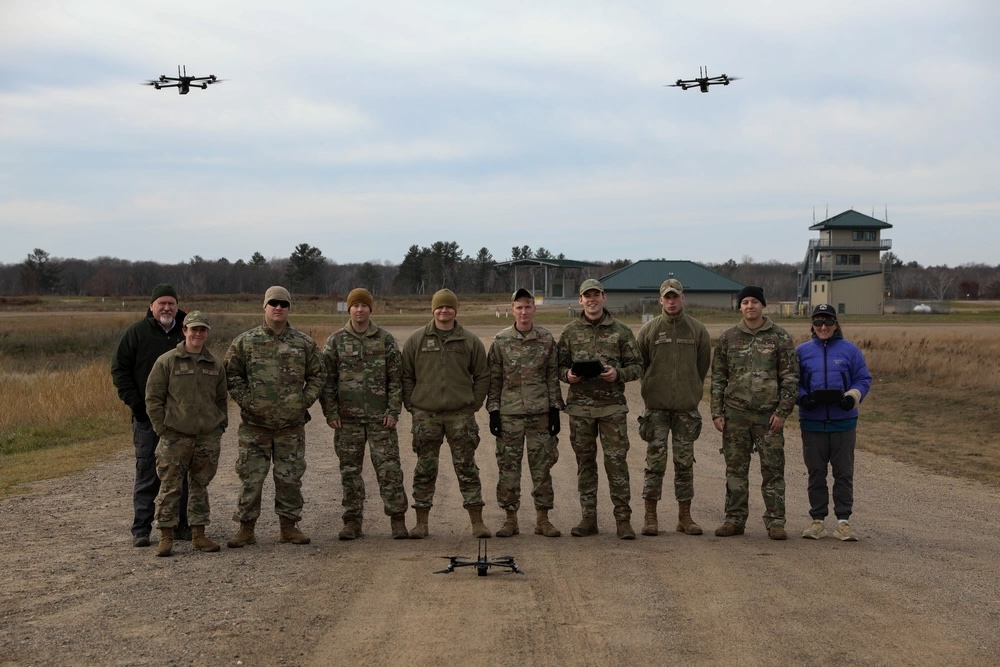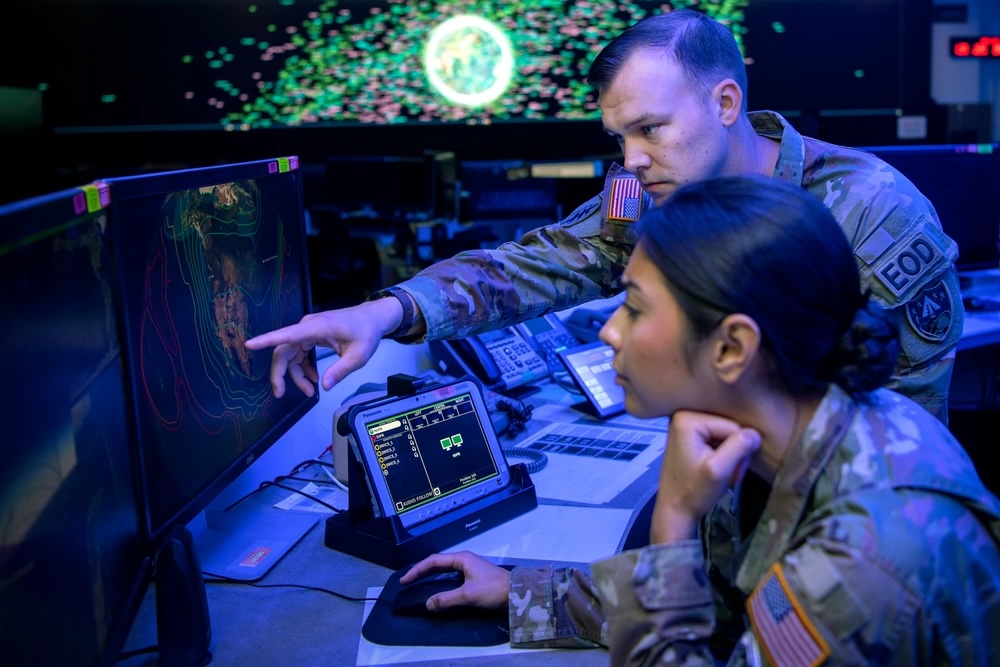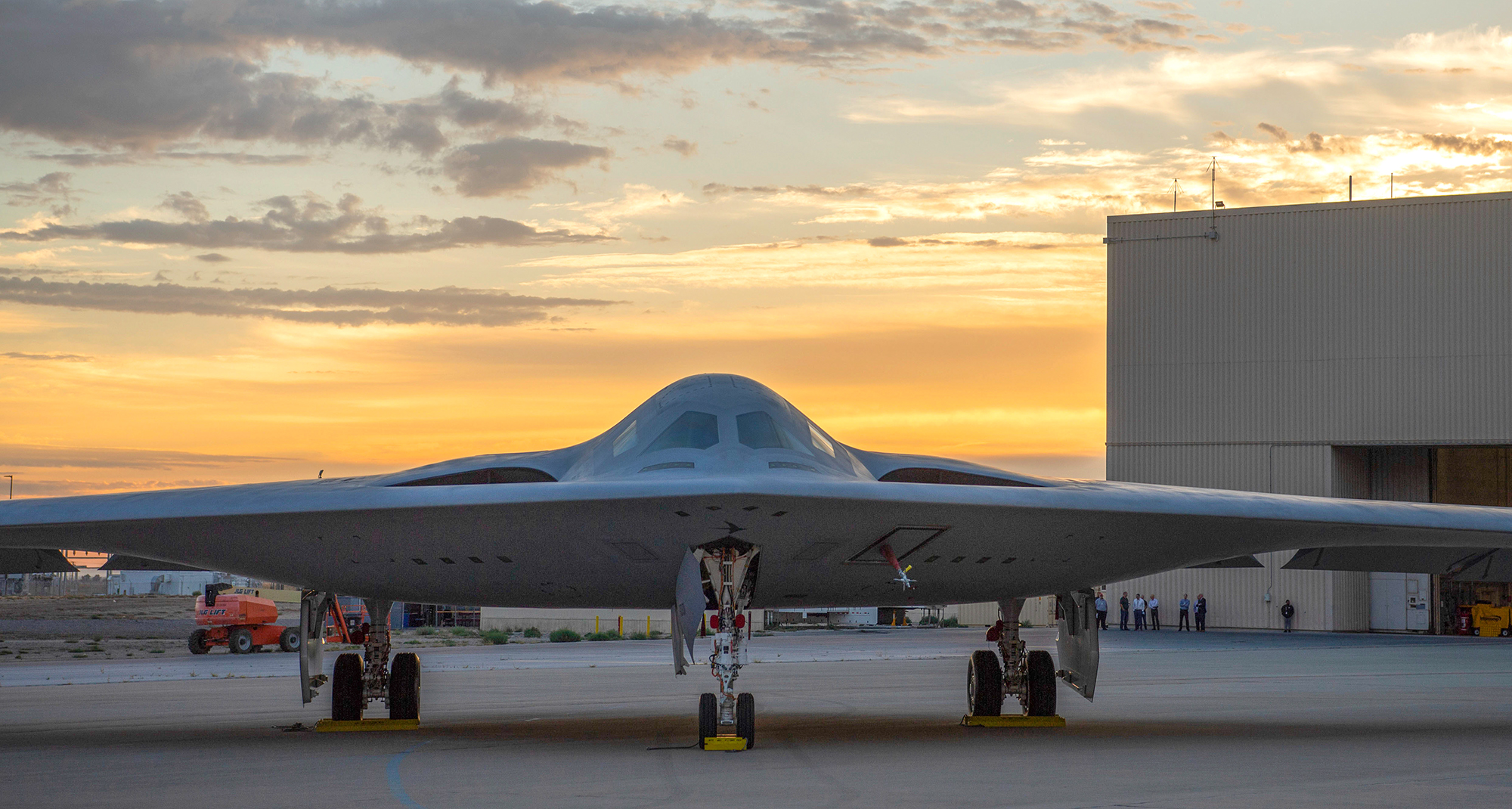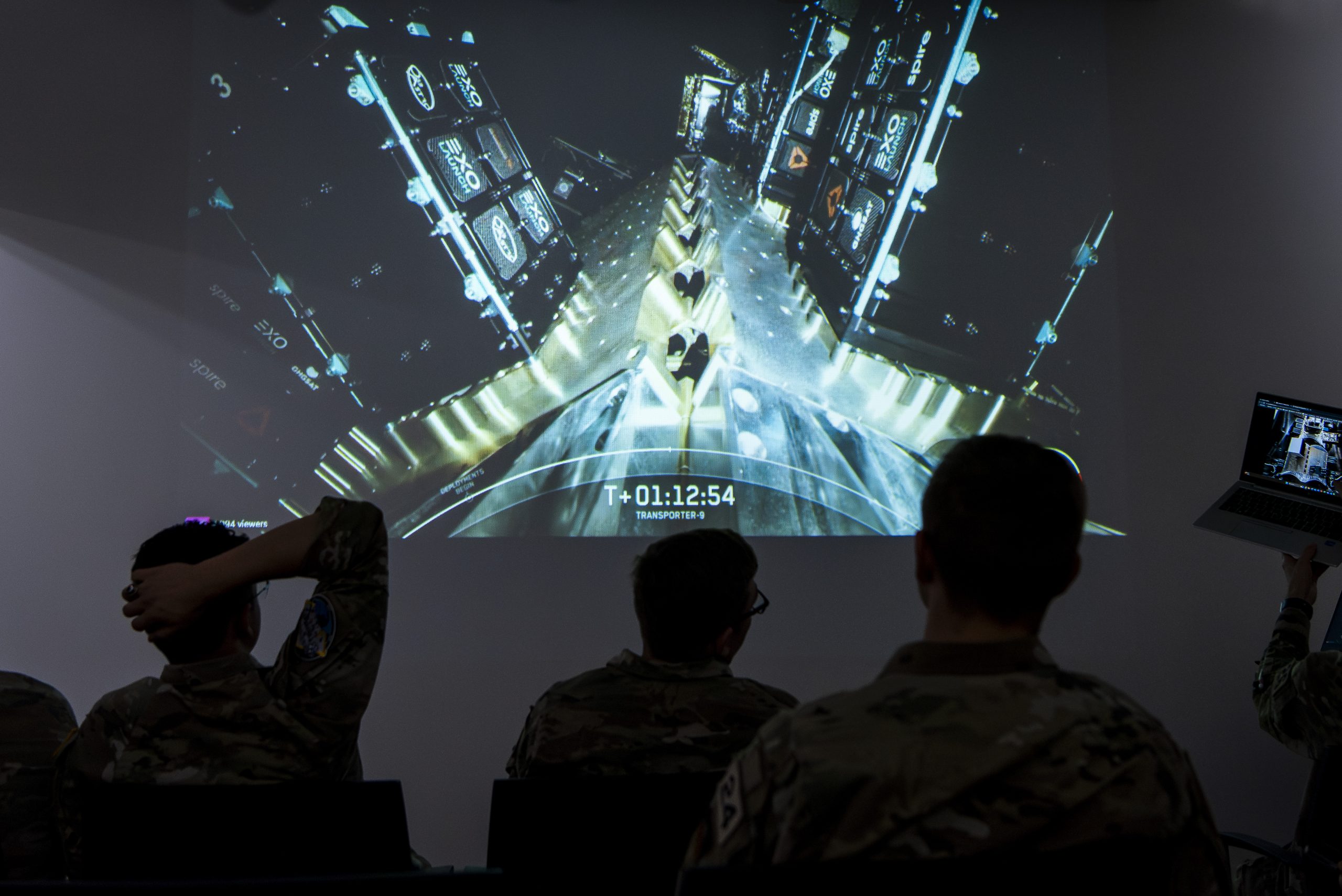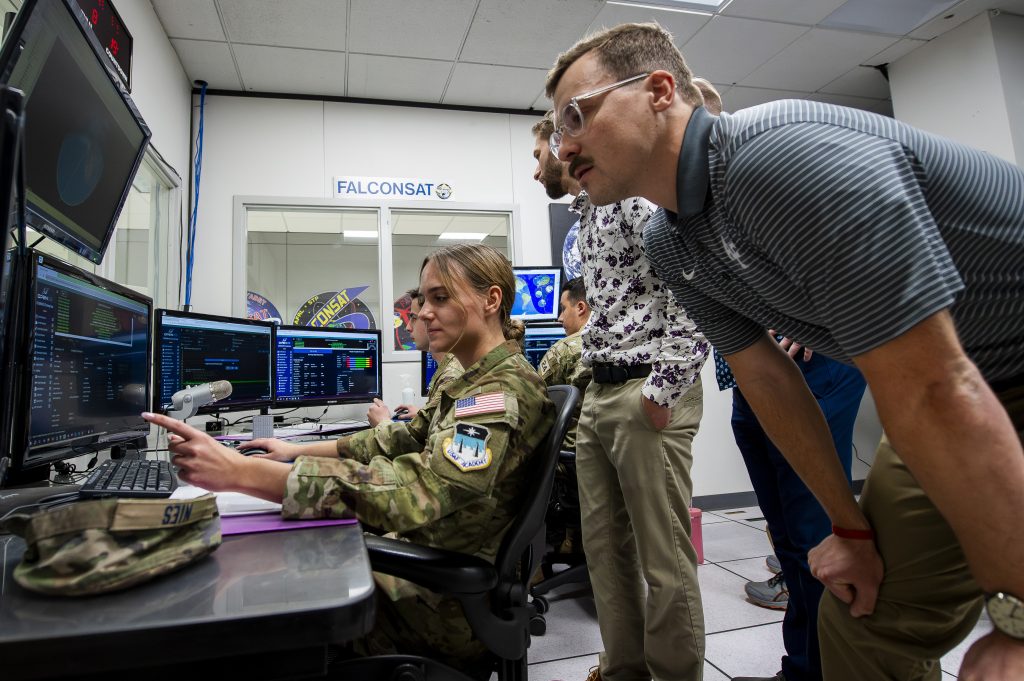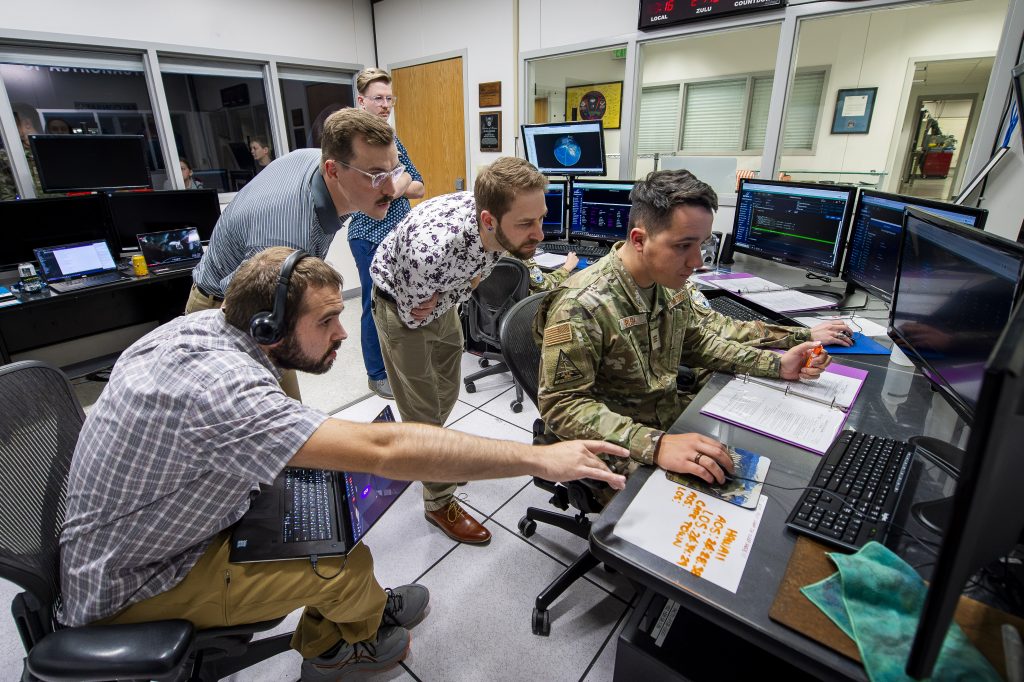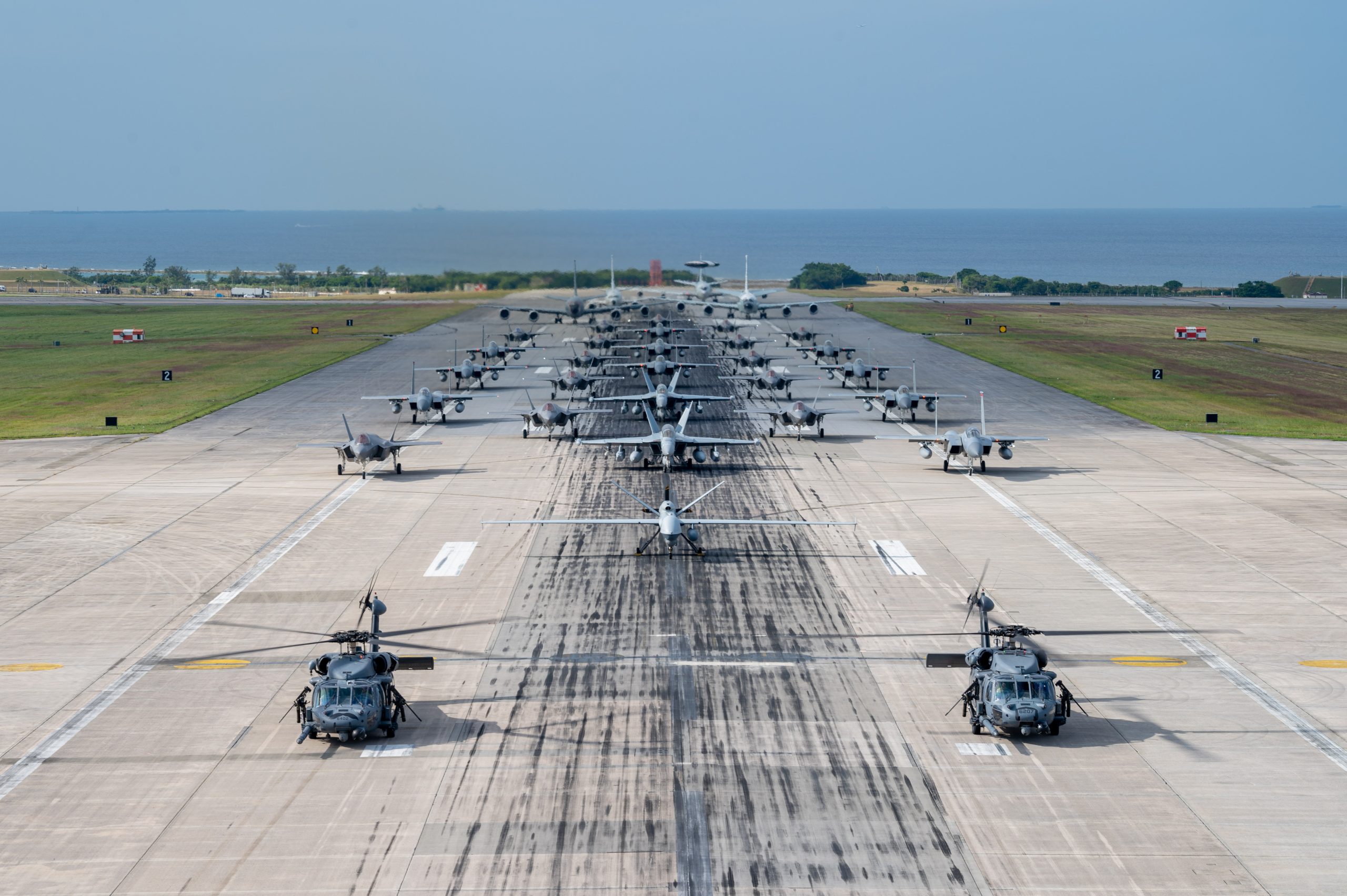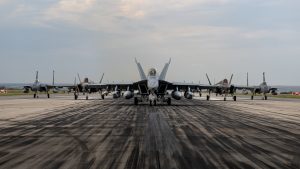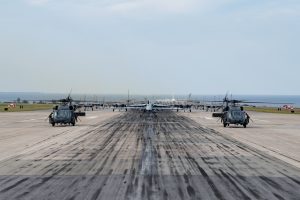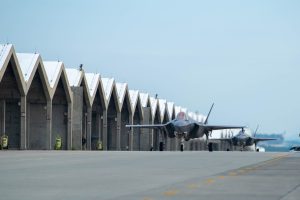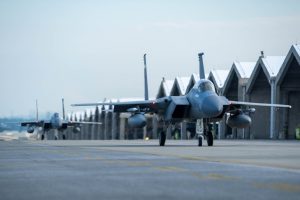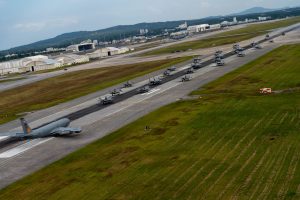Senior Air Force leaders have made a clarion call for improving Total Force readiness to prepare for potential conflict with the nation’s pacing threats. Most notably, Secretary of the Air Force Frank Kendall is emphasizing readiness and mobilization as one of his seven operational imperatives, saying that “supporting [our forces] takes the collective success of a large number of information systems and supporting logistical and industrial infrastructure.”
HII Mission Technologies is presenting an enterprise portfolio solution to break down the operational and technical stovepipes between Air Force Major Command (MAJCOM) training architectures, an advantage that will unify critical infrastructure elements among distributed training systems across a standardized, global network—all while enabling the warfighter to train as they fight.
“Instead of each contractor building their own solution, a common set of solutions can tackle very similar challenges across different MAJCOMs,” said Michael Aldinger, HII Mission Technologies’ vice president of the U.S. Air Force LVC training and enterprise portfolio. “Enterprise does that. If you have a common set of tools everyone can access, all the MAJCOM contractor teams can work within a single architecture toward a common end-goal.”
Advantages of HII’s enterprise portfolio approach are reduced costs and greater interoperability with existing and future training capabilities—across all MAJCOMs. Condensing many similar interfaces and tool sets into a single architecture creates efficiency and reduces the budget requirement for technology deployment and ongoing maintenance.
“When we develop training, we want to build a single architecture for the entire training enterprise,” said John Bell, technical director of HII Mission Technologies’ Live, Virtual, Constructive (LVC) Solutions business group. “It’s a concept that we initiated with the Navy, under the Navy Continuous Training Environment (NCTE), which is now the single training environment for tactical training within the Navy. And the advantage of having a single enterprise for training is that we can develop common standards, common architectures and common tools that are shared across the entire enterprise.”
To make the enterprise portfolio a reality for the Air Force, Bell points to open-architecture standards and translation tools as the foundational elements for MAJCOMs to adopt.
“The approach that we recommend is adopting industry and government standards rather than adopting proprietary solutions and standards,” Bell said. “We also recommend integrating architecture tools. They’re used in common throughout the enterprise, so where training systems don’t fully adapt to those open-architecture standards, we have tools to help them integrate.”
A critical Air Force training program that embraces the enterprise, non-proprietary model is the Joint Simulation Environment. JSE is being integrated at the Virtual Training and Testing Center (VTTC) at Nellis Air Force Base in Nevada and will be ready for the warfighter by 2028. The JSE provides a common simulated battlespace in a high-fidelity environment for warfighters in advanced fifth-generation simulators to train for the Night One fight. HII supports this effort with subject matter and software development expertise.
HII’s enterprise solutions are also making a tangible impact on Air Mobility Command’s aircrews under the Mobility Air Forces (MAF) Distributed Missions Operations (DMO) program. Since taking over as the DMO contractor in 2022, HII has provided MAF with enterprise training solutions that have resulted in record-breaking unit participation in AMC training programs and supported full-spectrum training exercises like Coalition Virtual Guardian.
“It boils down to ‘Train as You Fight,’” Bell said. “We want to fight in a distributed environment with distributed forces, in partnership with our coalition partner nations and with all the services and agencies together. If we’re going to fight that way, we must train that way. We want to train people where they are deployed. We want to train them at their home station. We don’t want them to have to travel to a headquarters building and train together because that’s not how they fight.”
The journey from the proprietary-heavy approach of today to the Air Force enterprise approach of tomorrow will be an incremental process, Bell said. It begins with finding interoperable solutions and delivering them directly to the warfighter.
“We’ve decomposed the distributed training architecture into its many elements—governance, gateways, tools, cross-domain solutions and other aspects—and then worked with the U.S. Air Force to assess the potential value of a conversion to an enterprise approach,” Aldinger said. “What is the cost benefit? What is the training benefit? We continue to apply this approach to our programs at Wright-Patterson [Air Force Base in Ohio] to include Mobility Air Forces DMO and have achieved great results.”
